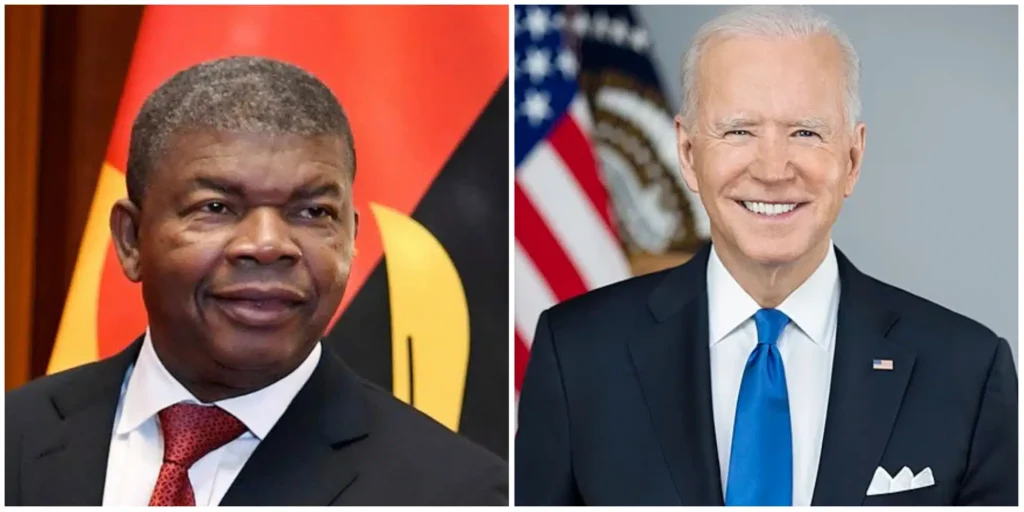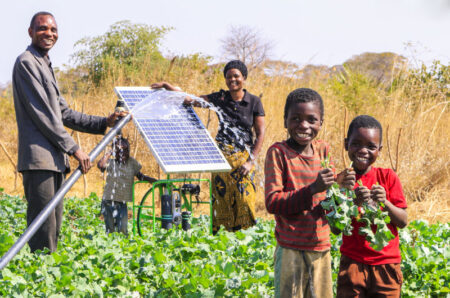- Angola President João Manuel Gonçalves Lourenço will visit the White House on Thursday, November 30, hosted by President Joe Biden, to strengthen US-Angola diplomatic relations.
- President Lourenço’s visit is more than a diplomatic formality; it is a strategic engagement.
- Many see President Lourenço’s visit as a watershed moment in the US-Angola diplomatic relations.
As Angola President João Manuel Gonçalves Lourenço visits the White House on Thursday, November 30, the US is poised to strengthen a complex alliance developed during the past three decades of diplomatic ties between the two countries. Going beyond the usual protocol, this visit exemplifies the growing bond between two countries sharing common ideals with hope for a bright and safe future.
In this context, President Lourenço’s visit is more than a diplomatic formality; it is a strategic engagement. Since assuming office in 2017, Lourenço has focused on fighting corruption, increasing transparency, and diversifying Angola’s economy. His proposals reference American plans to help the African economy thrive sustainably.
American businesses can get help breaking into the Angolan market and making the most of government subsidies through the US Economic Section in Angola, which is always looking for new ways to strengthen economic links between the two countries.
In honour of Angola’s 30 years of diplomatic relations with the United States, the two countries have recommitted to working towards a more democratic, peaceful, and secure world while reflecting on common principles.
Growing international financial cooperation is a priority for the current government, which has prioritised PGI and similar initiatives. Angola, the DRC, and Zambia are all part of the ambitious Lobito Corridor project, which plans to link their ports in Angola to international markets.
This initiative is especially important in light of that project. As important as it is to construct roads and ports, the real goal of this type of infrastructure development should be to pave the way for greater understanding and mutual prosperity.
For the economy, this partnership rests on a strong trade dynamic. The United States continued to play a pivotal role in meeting Angola’s varied demands in 2021, with $483 million worth of exports to the African nation. The export items included gas turbines, vaccines, and poultry meat.
Conversely, Angola made $1.14 billion in exports, mostly from its abundant natural resources, including crude oil, diamonds, and petroleum gas. Angola stands out as the third-largest sub-Saharan African export market for the United States, a noteworthy position considering the continent’s changing economic dynamics, according to this trade balance.
Important accords such as the African Growth and Opportunity Act (AGOA) provide the groundwork for these trades by making some Angolan exports to the United States duty-free. The goal of the 2009 Trade and Investment Framework Agreement (TIFA) is the same: to increase investment and trade between the two countries.
Joining the African Continental Free Trade Area (AfCFTA) is a step in the right direction for Angola, which the United States supports since it shows the country is serious about boosting trade cooperation among African countries.
Read also: AGOA’s Crossroads: The Future of US-Africa Trade Relations
The dynamics of the US-Angola diplomatic relations
Many see President Lourenço’s visit as a watershed moment in the two countries’ relationship history. Trade, investments, climate, and energy are just a few of the anticipated subjects of conversation.
Continuing the cooperation theme to address regional and global issues, the summit will expand upon the principles set out at the US-Africa Leaders Summit. Hopefully, the US and Angola alliance will further solidify from these discussions.
Beyond the realm of commerce and investment, this visit is significant. The move represents the two countries’ understanding of the strengths of their alliance and the potential each country possesses. With the United States’ backing and cooperation, Angola can take the next step towards economic transparency and diversification, hopefully leading to even more prosperity and stability.
The trip is also a chance to talk about bigger problems on a global and regional scale. The United States and Angola can work together to help bring stability to sub-Saharan Africa, thanks to the two’s global influence and strategic location. The security situation in the Gulf of Guinea, an area of concern to both nations, could also form part of the discussion.
President Lourenço’s journey represents strengthening a bond between the two countries and beginning a conversation that could lead to future collaboration and advancement. Sitting across from each other, the heads of state of these two nations will have a discussion that will shape the future – a future in which the relations between the United States and Angola, and Africa in the larger sense, continue to prosper as allies in a world that is always changing.
The meeting is a glimmer of optimism and cooperation for the two countries, heralding a new beginning in US-Angola ties that is sure to be marked by progress, mutual appreciation, and understanding.











